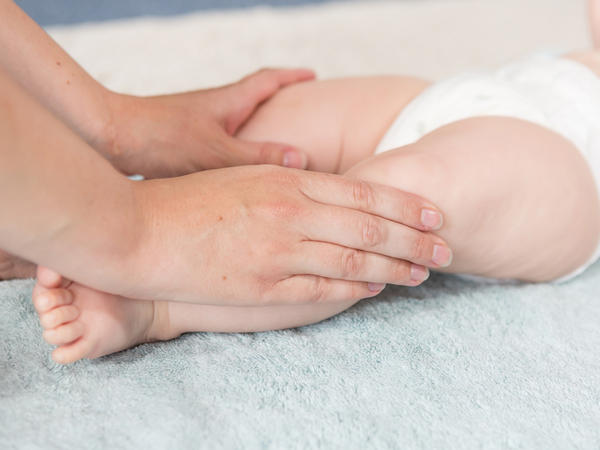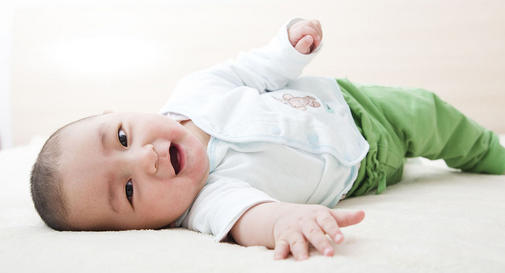Just like adults, babies like to stretch their arms and legs after waking up. Watching your little angle doing all the stretching and yawning at the same time is certainly a sight to behold. However, it is important to know that sometimes there can be some issues with this stretching. There may be something wrong when you notice your baby have stiff legs or arms. That stiffness can make you feel concerned, and that is quite natural too. Let's find out what to do in this regard.

Should You Worry?
There is no need to worry about anything when your child is overall healthy and has no development problem. It is natural to see children stiffening up while having a bowel movement. Some babies may look stiff when they are frustrated or excited. They may be learning to use their muscles in new ways, so you should not panic. Be sure to talk to your doctor though when you notice baby stiff legs along with the following symptoms:
- Their eyes wander and they get sleepy.
- They cannot relax certain muscles.
- They feel pain when stretching.
- They cannot let go of a particular object.
- They have stiff legs or you feel them cramped up.
How to Help Your Baby
Identifying the underlying cause is usually important, but you can take some homecare measures to handle this whole situation in a better way. For instance:
1. Try Massage

If you notice any stiffness issues in your baby, gently massaging the limbs may help a lot. Use some light oil and massage gently but be regular. This will help soothe those stiff muscles.
2. Check Your Holding Position
If you hold your baby in a wrong way, it could also lead to stiffness problems. You should also check how your friends or other family members hold your baby throughout the day. This may help you realize that the solution to your baby stiff legs is in changing the way you hold them.
3. Help Them Learn to Roll

If your baby has not yet started rolling on their own, you should help them learn it. Rolling can help deal with stiffness in the limbs. You can help them by offering some assistance so they could roll from back to front and front to back.
4. Try the Bicycle Movement
To treat limb stiffness, you can always try the bicycle movement. It involves moving your baby's legs like a bicycle. In other words, you should help them move their legs as if they are pedaling a bicycle. This removes stiffness and makes your baby more active as well.
5. Wave Their Arms

Babies with arm stiffness should be taught to wave their arms more often. You can gently wave their arms from side to side and then up to down. You can perform these movements while singing songs to your baby, which will make this whole exercise a lot more interactive and effective.
When to Seek Medical Help
In most cases, stiffness goes away with age. However, you should seek medical assistance if baby stiff legs persist even after taking homecare measures. Limb stiffness for a prolonged period might indicate some serious underlying medical conditions. For instance:
- Cerebral Palsy: Your baby may have this condition because of a birth injury. This neurological disorder is usually the result of a limited oxygen supply to the brain. With this condition, your baby cannot control muscle actions, has mild spasms, and experiences limb stiffness.
- Klumpke's Palsy: Birth injuries to the nerves are usually the underlying cause of this disorder. The injury might have occurred during labor or delivery. It can lead to serious stiffness in the wrists and arms. Babies holding their hands in a claw-like manner are likely to have this condition.
- Kernicterus: It is common for babies to develop jaundice soon after birth. This happens when the body of a mother stops processing a substance called bilirubin. The condition is called kernicterus and requires immediate medical attention to control the levels of bilirubin, which can go out of control and damage the brain of an infant.
- Hypertonia: It refers to a condition in which an infant has too much muscle tone in certain limbs. This added tone can lead to rigidity and baby stiff legs. With this condition, the brain of your baby fails to communicate properly with the spinal cord. It is also the result of a birth injury.